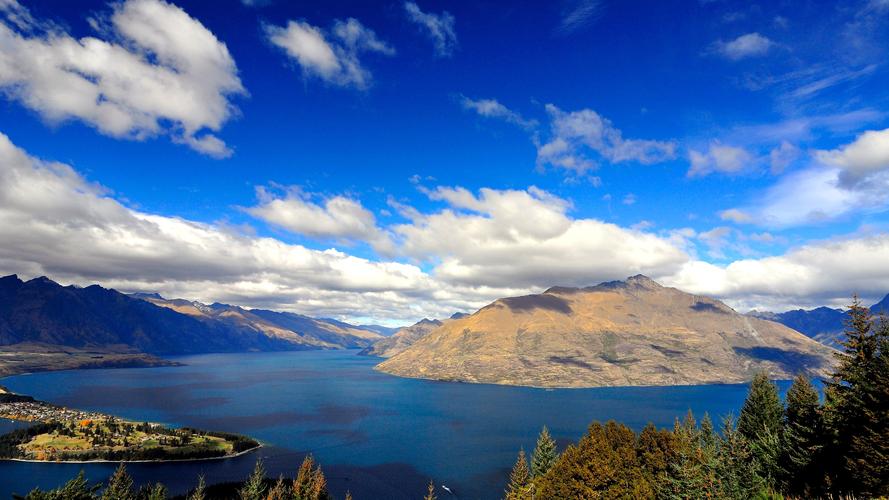Exploring the Rich Diversity: An Essay on Cultural Heritage of India
India is a land of diversity, and within this diversity lies its rich cultural heritage. India is home to an innumerable number of religions, languages, traditions, and customs. Each of these elements plays a crucial role in shaping the country’s identity. In this article, we will explore the various aspects of India’s cultural heritage that make it unique and fascinating.
Religion
India is home to various religions, including Hinduism, Sikhism, Islam, Buddhism, Christianity, and Jainism. The country’s people celebrate a range of religious festivities, including Diwali, Eid, Christmas, and Baisakhi, with equal fervor. Each religion has its unique customs and rituals, which are deeply ingrained in the culture of the country.
Language
India has 22 officially recognized languages, with English being the second official language. Hindi is the most widely spoken language, followed by Bengali, Telugu, Marathi, Tamil, and Urdu. Each language has its unique script and literature, which display the range and richness of India’s cultural heritage.
Traditions
India has a diverse range of traditions that vary from region to region. The country is known for its vibrant festivals and celebrations, intricate art, music, and dance forms, and mouth-watering cuisines. The customs and traditions of each region reflect the country’s rich cultural diversity and have been passed down for generations.
Cuisine
Indian cuisine is known for its bold flavors and aromas. It varies from region to region and is influenced by many factors, including geography, climate, and religion. India has a range of vegetarian and non-vegetarian dishes, and each region has its unique specialty. Some of the popular dishes include biryani, butter chicken, dosa, sambar, and vada pav.
Art and Architecture
India boasts a treasure trove of art and architecture that reflects its rich cultural heritage. The country is home to some of the world’s most magnificent monuments, including the Taj Mahal, Ajanta and Ellora caves, Khajuraho, and Hampi. Indian art is known for its intricate designs and vibrant colors.
Conclusion
India’s cultural heritage is an amalgamation of various elements that make it unique and diverse. From its different religions, languages, and traditions to its food, art, and architecture, India has a rich and fascinating culture that has been preserved for centuries. Exploring India’s cultural heritage is an enriching experience and is a great way to understand the country’s identity.
(Note: Do you have knowledge or insights to share? Unlock new opportunities and expand your reach by joining our authors team. Click Registration to join us and share your expertise with our readers.)
Speech tips:
Please note that any statements involving politics will not be approved.
